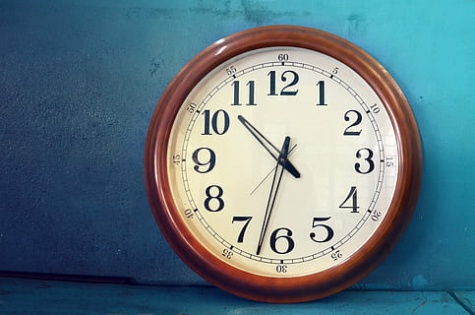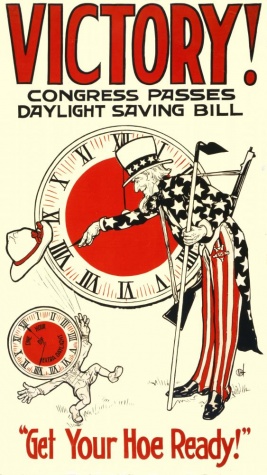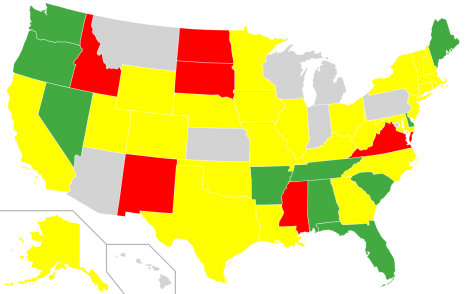
Grace Parry | Writer
November 1, 2020
Ever since I can remember, I have loved the “fall back” time change and dreaded the “spring ahead” change, where I would have to get up an hour earlier than usual. The reason for this is daylight saving time and its interesting history is rooted in an entomologist’s love of bug hunting.
In 1895, an entomologist from New Zealand named George Hudson came up with daylight saving time so that he would have more time to go bug hunting. Unfortunately, his idea (he wanted it to be two hours) was rejected by the government and he never brought it back to their attention. Seven years later in 1902, William Willett, a British builder, proposed the time change he had heard about several years before as a way to prevent the wasting of daylight, but he was rejected as well, this time by the British government.

Later in 1916, the German government needed a way to save energy, and remembered Willett’s idea, allowing them to conserve energy to be used in the war effort. Soon after, many of the countries fighting in WWI implanted it as well, with the US following two years later in 1918, as well as putting in place defined time zones in the US (helping the war effort by saving coal that could be used by the military and to give farmers more time to plant and harvest).
Today, daylight saving time is controversial because it no longer really saves energy, but people from further north where it stays darker for longer tend to like it more, while for those closer to the equator, the loss of daylight hours is less pronounced and there is less of a need to make adjustments.

Now that is no longer necessary, different US states have different policies surrounding the change. For the most part, almost all of the United States have the time change implemented, but in Hawaii there is no time change. In Florida daylight saving time is year round, and in Arizona most of the state ignores it because the only bearable temperatures are in the night (the Navajo Nation, however, does observe it). For the people in the U.S., ideas are all over the map. Sophomore Marina Rentziperis said “[she doesn’t] how to feel about it, but she likes to get one more hour of sleep in the morning,” while senior Clark Hill said “[he thinks] it’s bad since we’re moving hours of the day into the morning, and for the original reason for it, it is no longer necessary anymore.”
Oddly, daylight saving time has been linked to an increased amount of heart attacks and car accidents for two days afterwards, but despite this, anyone who has to wake up early is very grateful for this “fall back” as long as they, or loved ones, do not suffer from a heart attack or car accident.

Leave a Reply